With caps situated like tiny hats, acorns (Quercus sp.) are one of the most easily recognizable nuts. Acorns are not only loved and collected by squirrels and children alike but have a long history of use!
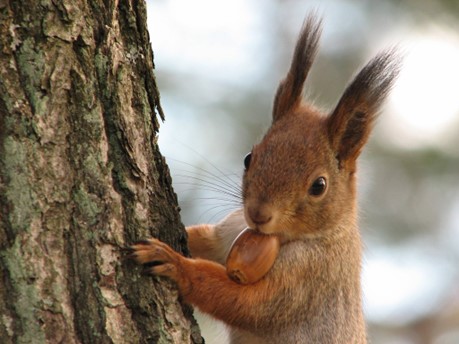
Figure 1. “Acorn” by Marko K (CC BY-NC-SA 2.0).
Characteristics:
Acorns are the fruit of oak trees and come in a variety of shapes and sizes depending on the particular species of oak. Oaks are members of the beech Family, Fagaceae, alongside others such as beeches and chestnuts. These trees are deciduous, losing their leaves in the winter, and have simple leaves that are alternate and often toothed and/or lobed. They are also monoecious with male and female flowers on the same tree.
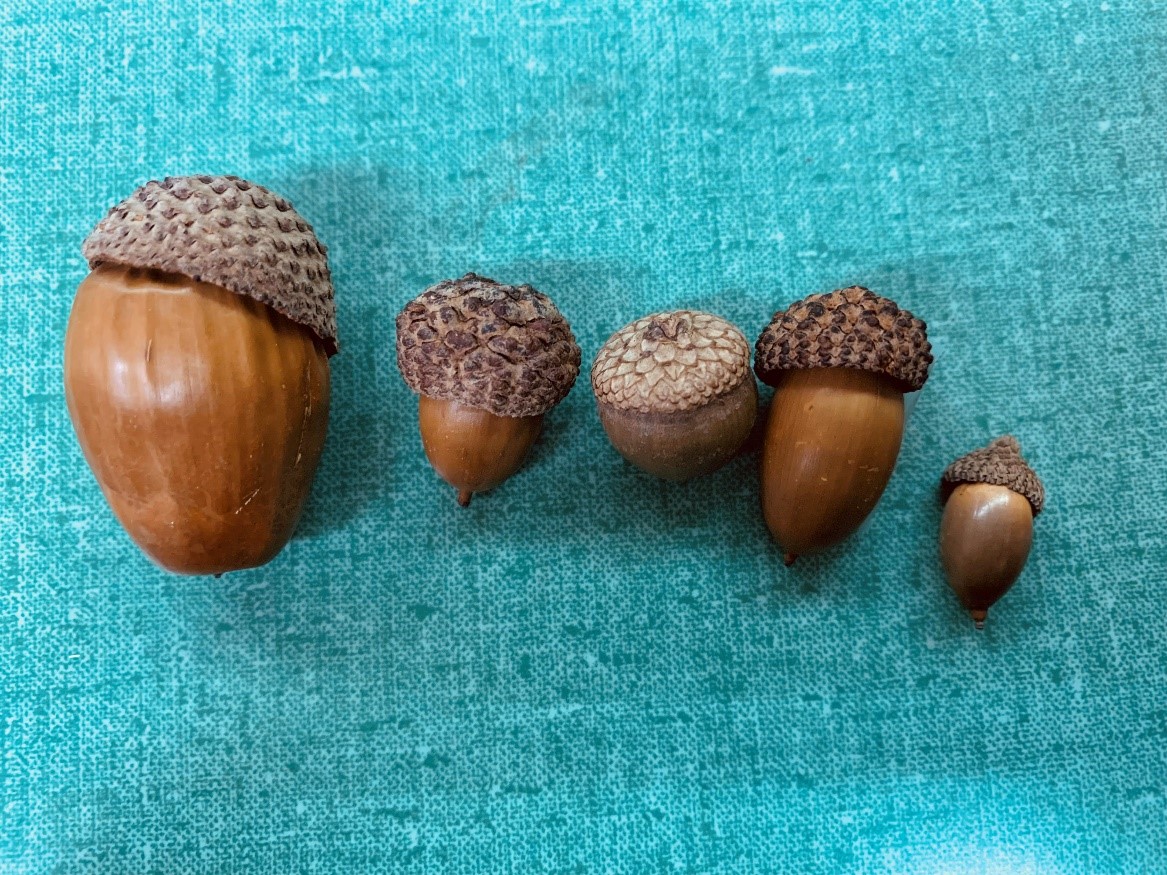 Figure 2. A few variations of acorns. Left to right: chesnut oak, scarlet oak, water oak, white oak, and live oak. (Photo by Kelly Santana).
Figure 2. A few variations of acorns. Left to right: chesnut oak, scarlet oak, water oak, white oak, and live oak. (Photo by Kelly Santana).
The oak genus, Quercus, includes not only varying acorn shapes and sizes, but also varying leaf shapes and sizes that can help with identification and differentiation. Generally, oaks can be divided into either the white oak group or the red oak group. White oaks tend to have leaves with rounded lobes, while red oaks have toothed leaves that end in sharp points.
All acorns also contain toxic tannins which must be leached before use, although the amount of tannins differs between oak species, with white oak, Quercus alba, containing the least amount and Red Oaks containing the highest. This is possibly due to the germination time being shorter for white oaks (fall) than the germination time for red oaks (spring). Tannins make the acorns bitter and less palatable.
Acorns can be leached of tannins through various methods: after cracking the acorn shells and removing the nuts, the nuts can be suspended in a stream for a few weeks (for example, in a basket or netting); or the nuts can be ground into flour and placed into cold water to settle for several hours, with the water changed out six to twenty times until the nut flour is no longer astringent.
All in all, acorns are highly nutritious sources of carbohydrates, oil, and protein. Although, like other nuts, acorns have great storage potential, they are more susceptible to mold and sprouting unless they are toasted beforehand.
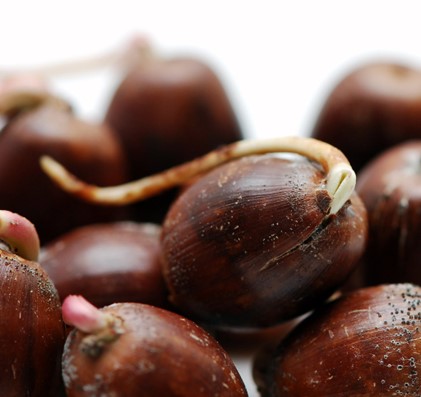 Figure 3. “Acorns” [sprouting] by bitzcelt (CC BY-NC-ND 2.0).
Figure 3. “Acorns” [sprouting] by bitzcelt (CC BY-NC-ND 2.0).
Historical Uses:
Because of their thin outer shells which are more susceptible to burning and breakage, acorns are usually recovered in smaller quantities from archaeological sites compared to other nuts with thicker shells that preserve better, such as hickory and black walnut. However, acorns are still undoubtedly present in significant quantities at sites across the Southeast and have been used widely by man Native American tribes. The pictures below show how paleoethnobotanists can identify acorns through carbonized shell, cap and nutmeat fragments that have been found at archaeological sites.
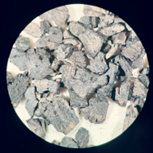
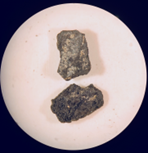
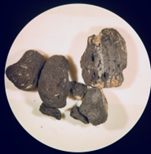
Figure 4. Carbonized acorn under the microscope from Magic Waters, 31JK291 in Cherokee, North Carolina. From top to bottom: acorn shell, acorn cap, acorn meat (Photo by Kelly Santana).
Although other parts of the oak tree have historically been utilized (bark for medicinal purposes; wood for building materials, fuel, and fibers for basketry; leaves for wrapping dough for bread making), acorns have long been used as a reliable food source. After leaching and/or toasting, the acorns could be stored in pits for later consumption or prepared into a flour for breads, cakes, and mushes for porridges.
Oak stands have historically been managed by clearing of the underbrush through prescribed fire. Most oak species are fire tolerant, and acorns sprout after fire and grazing. In addition, trees with larger crowns produce more acorns, increasing the benefit of maintaining a relatively open forest. Although evidence for use of fires in the past is difficult to obtain, early groups in the Southeast almost certainly influenced oak forests using prescribed fires.
Oaks are also known as “masting” trees, meaning they produce large quantities of acorns only every 2 to 5 years, and relatively few in the other years. This masting behavior helps keep squirrel (and other animals who eat acorns) populations low and increases the likelihood that those extra acorns in bumper crop years will germinate into an oak tree. But it also means that there is heavy competition for acorns during those lean years, between squirrels, deer, turkeys, and people!
So keep an eye on the oak trees in your community and see if you can figure out if they are white oaks or red oaks, and whether they had a bumper crop this year!
For More Information:
Elpel, Thomas J. 1967. Botany in a Day: The Patterns Method of Plant Identification, An Herbal Field Guide to Plant Families of North America. HOPS Press. Pony, MT.
Moerman, Daniel E. 1998. Native American Ethnobotany. Timber Press, Portland, Oregon.
US Department of Agriculture, Natural Resources Conservation Service. 2021. PLANTS Database. Electronic document, https://plants.usda.gov/home